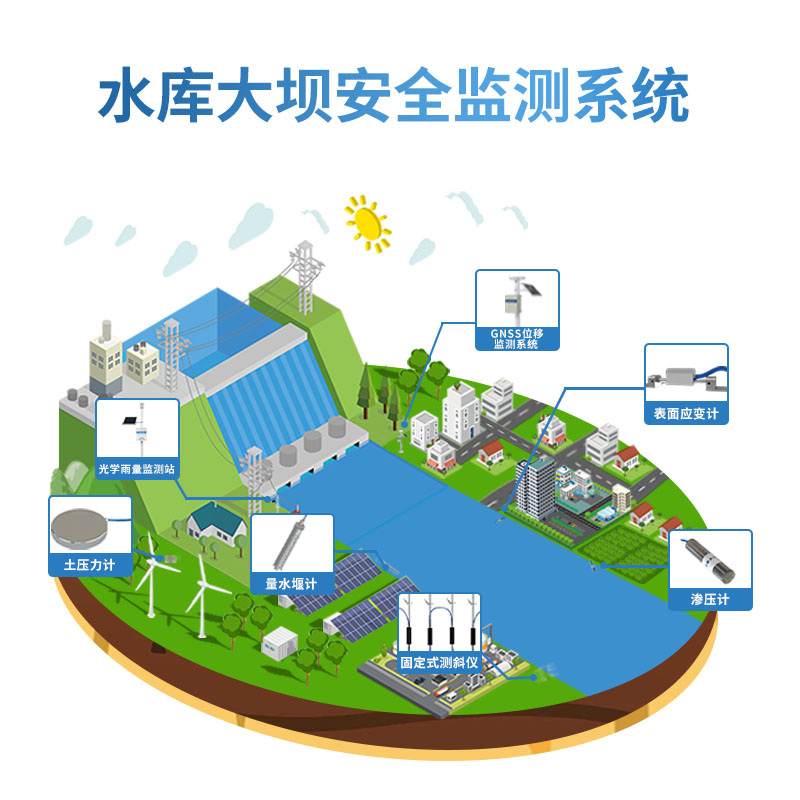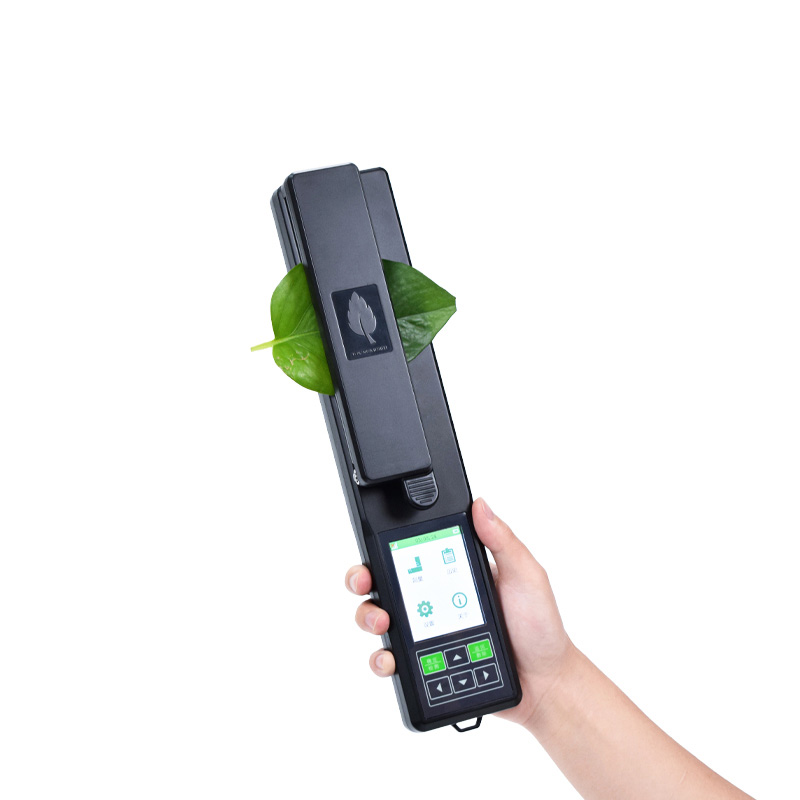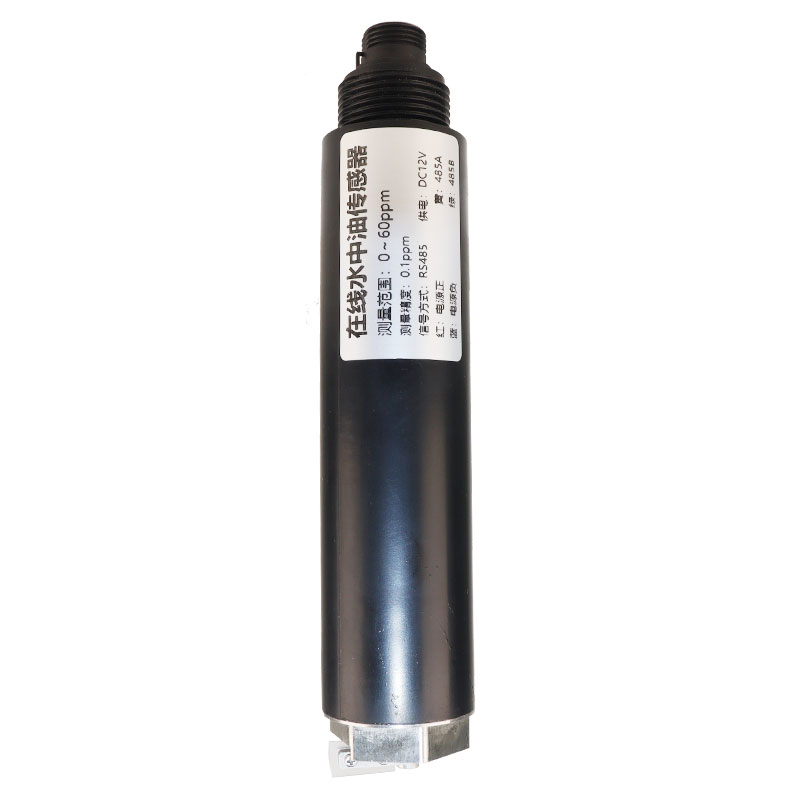Soil moisture weather station uses a direct-insertion sensor to continuously monitor soil moisture and temperature in real time, providing data support for precision agriculture and ecological research.
In vast fields, dense forests, or research plots, you can often see some inconspicuous devices. Several metal probes pierce the earth, as if "taking the pulse" of the soil. This is not science fiction, but the daily work of Soil moisture weather station. This is a comprehensive device specifically designed for real-time, continuous monitoring of soil moisture content and related soil parameters. It senses moisture changes deep within the earth that are imperceptible to the naked eye in a unique way.
As the name suggests, the core of this system is the "probe." It abandons the cumbersome traditional sampling, drying, and weighing methods. Through an integrated soil temperature and humidity sensor, the probe is directly inserted into the soil, making close contact with soil particles. This direct measurement method makes it a high-precision instrument for monitoring soil moisture and temperature. The probe, like a "stethoscope" deep in the soil, can sensitively capture the slightest changes in soil moisture and temperature fluctuations, converting these physical signals into precise digital information in real time.
Its workflow is simple and efficient. Once the probe is inserted into the soil at the predetermined depth, monitoring begins automatically. Sensors continuously collect key data such as volumetric water content and temperature of the root zone soil, while the built-in data acquisition unit processes and temporarily stores the data. Subsequently, this valuable data, concerning the crop's "food supply" and "temperature," is transmitted periodically to a cloud platform or the user's monitoring center via wireless networks (such as 4G/NB-IoT). The entire process requires no manual intervention, achieving uninterrupted automatic observation around the clock and generating continuous soil moisture change curves.
The value of this system is fully demonstrated in its widespread application in agriculture, forestry, geology, and other fields. In agriculture, it serves as the "smart brain" for precision irrigation. Farmers no longer rely on guesswork but instead determine whether crops are "thirsty" based on real-time soil moisture data from different soil layers provided by monitoring stations, thus irrigating appropriately at the optimal time. This not only significantly improves water resource utilization and achieves water conservation and efficiency but also avoids root rot and nutrient loss caused by over-irrigation.
In forestry, it helps researchers monitor soil drought conditions, providing a basis for fire early warning and ecological research. At landslide monitoring points, abnormal soil moisture saturation is often a precursor to landslides, and real-time data from monitoring stations can serve as a key criterion for disaster early warning. Furthermore, in meteorological and ecological research, the long-term, continuous in-situ observation data it provides is also an indispensable foundation for understanding the water cycle and the impacts of climate change.
In short, while unassuming in appearance, the Soil moisture weather station is a prime example of modern sensing technology penetrating the microscopic world. It transforms the previously elusive soil moisture conditions into a clearly visible and analyzable data stream, allowing us to truly understand the "pulse" of the earth and laying a solid foundation for more precise and intelligent agricultural production and more scientific ecological management.

This paper addresses:https://www.fengtusz.com/company/883.html









